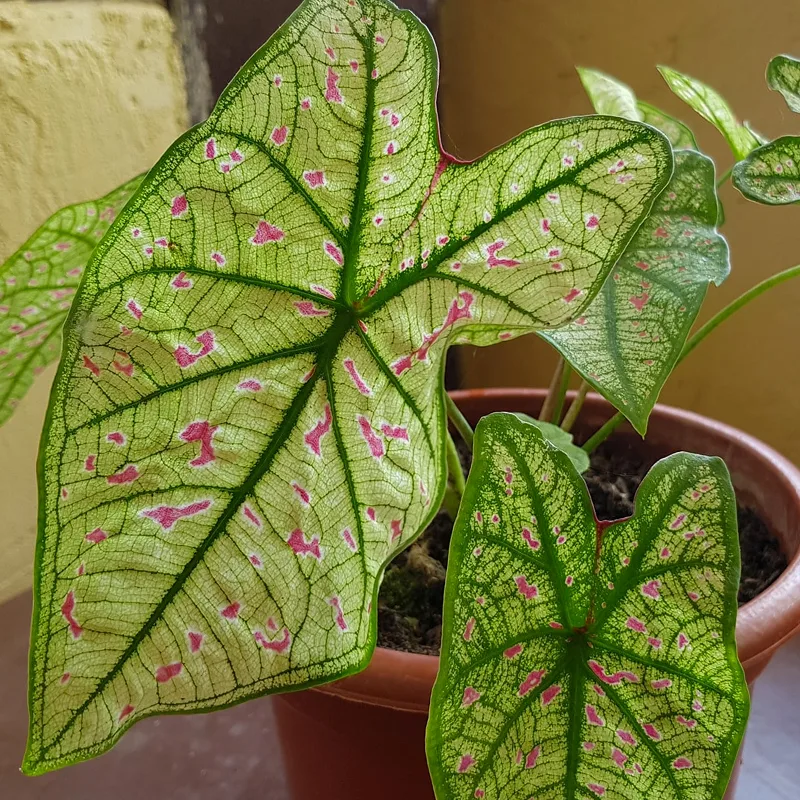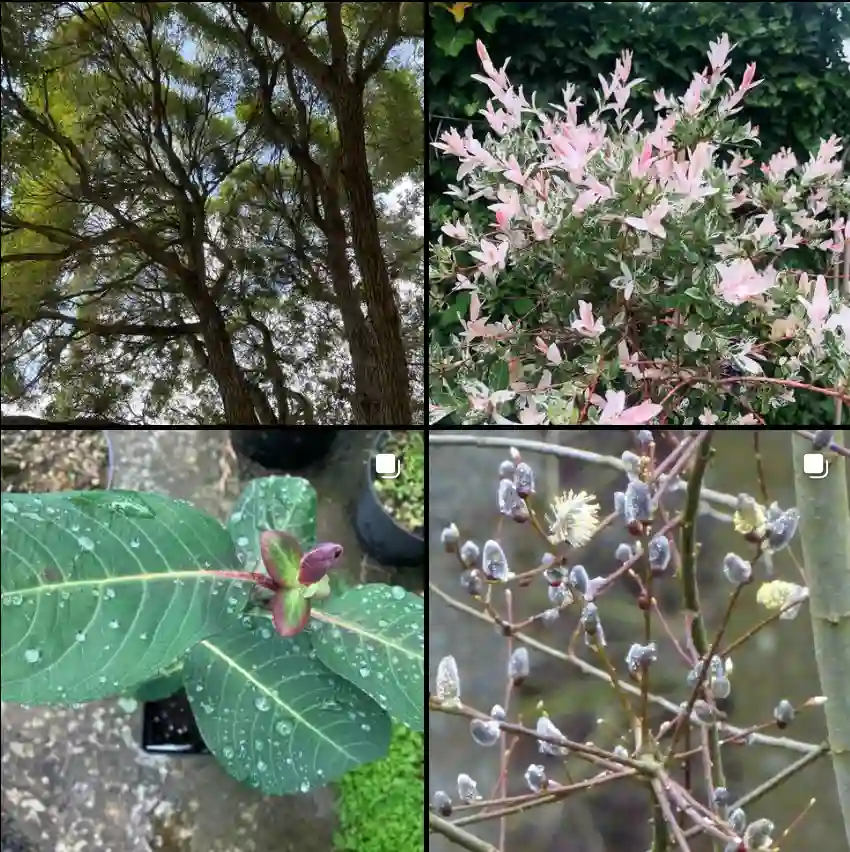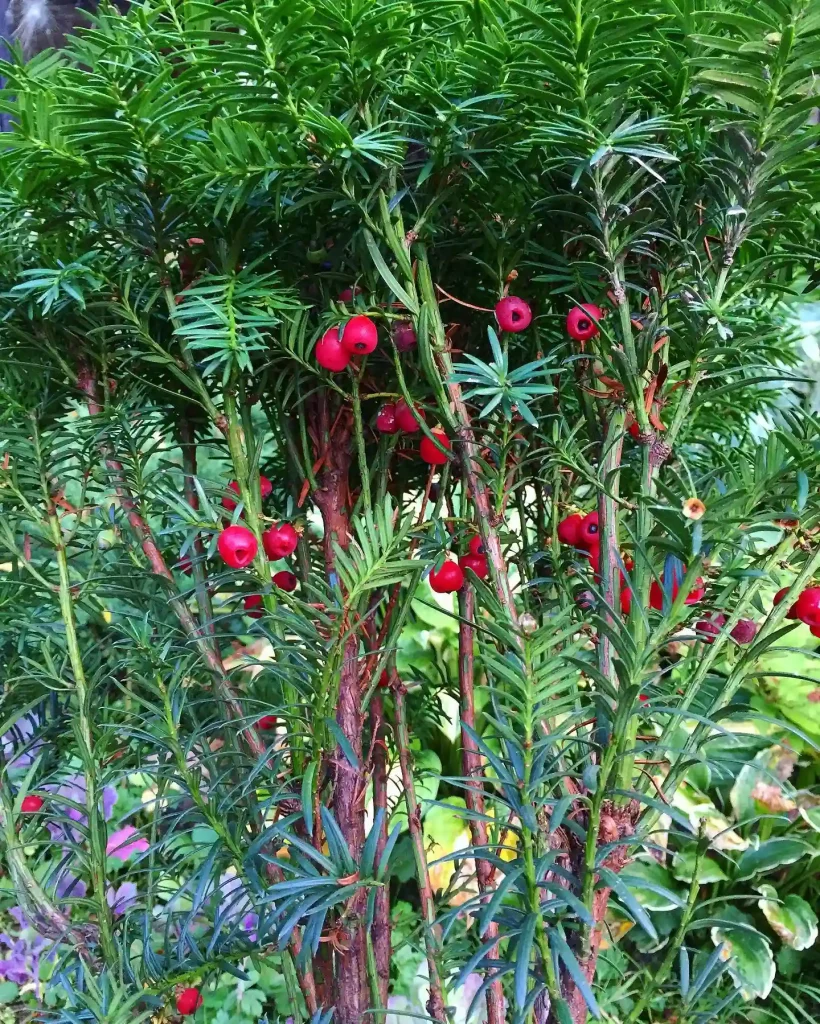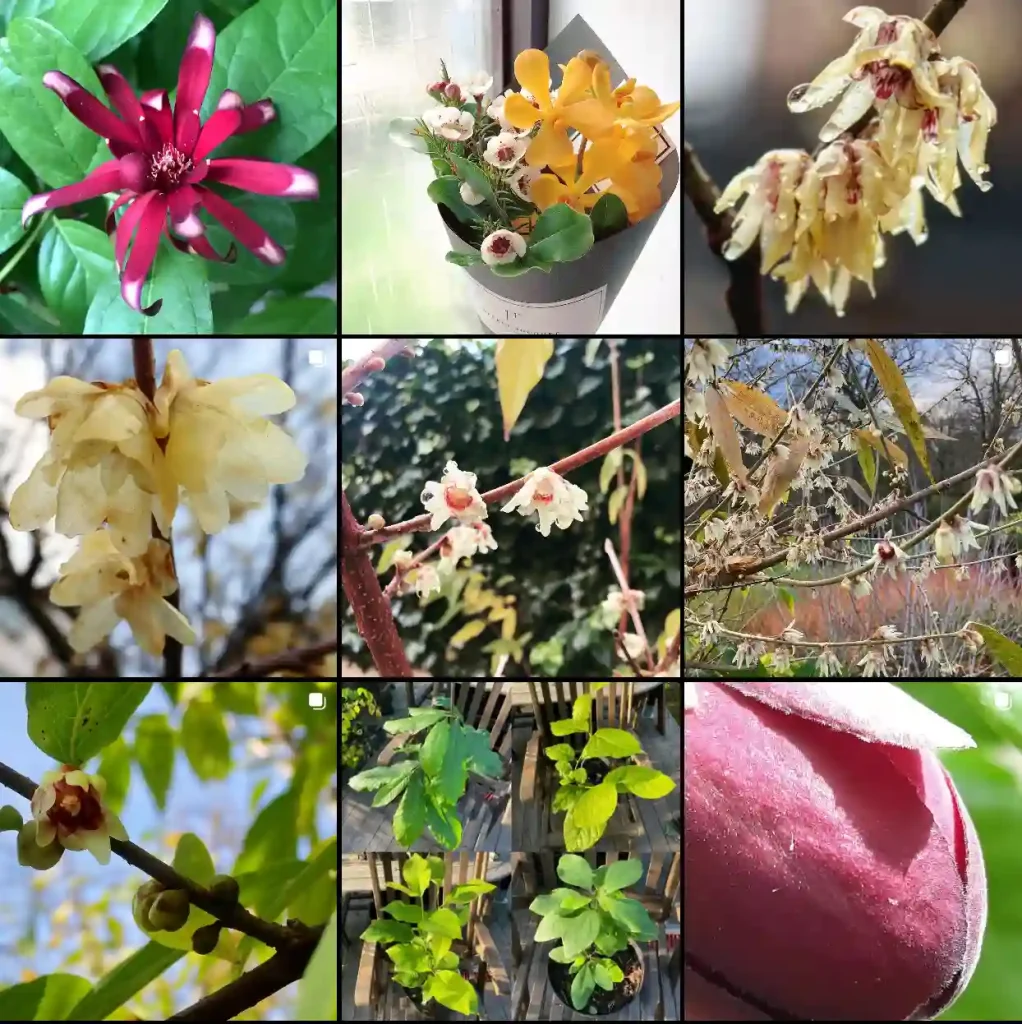The Unassuming Allure of Peperomia Japonica
There’s a certain charm to small things. Perhaps it’s the way they squeeze into unexpected nooks, demanding little attention yet offering a delightful pop of life. Enter the Peperomia Japonica, a petite powerhouse that has become a mainstay in my collection of houseplants.
Over the past year, this little wonder has captivated me with its glossy, heart-shaped leaves and low-maintenance needs. It sits contentedly on my bookshelf, a vibrant counterpoint to the worn spines of my favorite novels. But before I delve into my experiences, let’s address some common questions fellow plant enthusiasts might have about this charming little succulent.
1424 Species in Genus Peperomia
How Big Does Peperomia Japonica Get?
Peperomia Japonica is a natural for those with limited space. It boasts a compact growth habit, rarely exceeding 8 inches in height and spreading to a maximum of 12 inches. This makes it ideal for windowsills, terrariums, or even small desks where it can brighten up your workspace.
Is Peperomia Japonica Poisonous to Cats?
This is a crucial question for cat owners like myself. The good news is that Peperomia Japonica is considered non-toxic to both cats and dogs by the American Society for the Prevention of Cruelty to Animals (ASPCA). So you can rest assured that your curious feline companion can sniff and bat at your Peperomia Japonica without any harm.
Why is My Peperomia Japonica Losing Leaves?
While a low-maintenance plant, Peperomia Japonica can occasionally shed leaves. Here are the common culprits:
- Overwatering: This is the most frequent cause. Peperomia Japonica prefers its soil to dry slightly between waterings. Soggy roots can lead to leaf loss.
- Underwatering: While less common, underwatering can also cause leaves to drop.
- Insufficient Light: Peperomia Japonica thrives in bright, indirect light. Insufficient light can lead to leggy growth and leaf loss.
- Pests or Diseases: Thankfully, Peperomia Japonica is relatively pest and disease resistant. However, keep an eye out for mealybugs or scale, which can be treated with insecticidal soap.
How to care for Peperomia Japonica?
With its minimal needs, Peperomia Japonica is a great choice for beginners. Here’s a quick guide to keep your little buddy flourishing:
- Light: Bright, indirect light is ideal. Avoid harsh, direct sunlight.
- Watering: Water thoroughly when the top inch of soil dries out. Allow excess water to drain freely.
- Soil: A well-draining potting mix is crucial. Opt for a cactus or succulent mix.
- Humidity: While Peperomia Japonica tolerates average household humidity, it appreciates a slight boost. Grouping plants together or using a pebble tray filled with water can help.
- Fertilizer: A balanced fertilizer diluted to half strength can be applied monthly during the spring and summer growing season.
The Joy of Propagation: Sharing the Peperomia Japonica Love
One of the greatest joys of houseplants is the ability to propagate them and share the love. Peperomia Japonica is easily propagated through stem cuttings. Here’s how:
- Select a healthy stem with at least two nodes (leaf junctions).
- Using a sharp, sterilized knife, make a clean cut just below a node.
- Remove the lower leaves, leaving a few nodes exposed.
- Pot the cutting in a well-draining potting mix, keeping the soil slightly moist.
- Place the pot in bright, indirect light and wait patiently. Roots should develop within a few weeks.
Peperomia Japonica: A Delightful Addition to Any Home
The Peperomia Japonica has become a cherished member of my indoor jungle. Its compact size, easy care requirements, and charming appearance make it a versatile plant that can thrive in various settings. Whether you’re a seasoned plant parent or just starting your journey, Peperomia Japonica is sure to bring a touch of understated elegance to your home.
If i die, water my plants!



